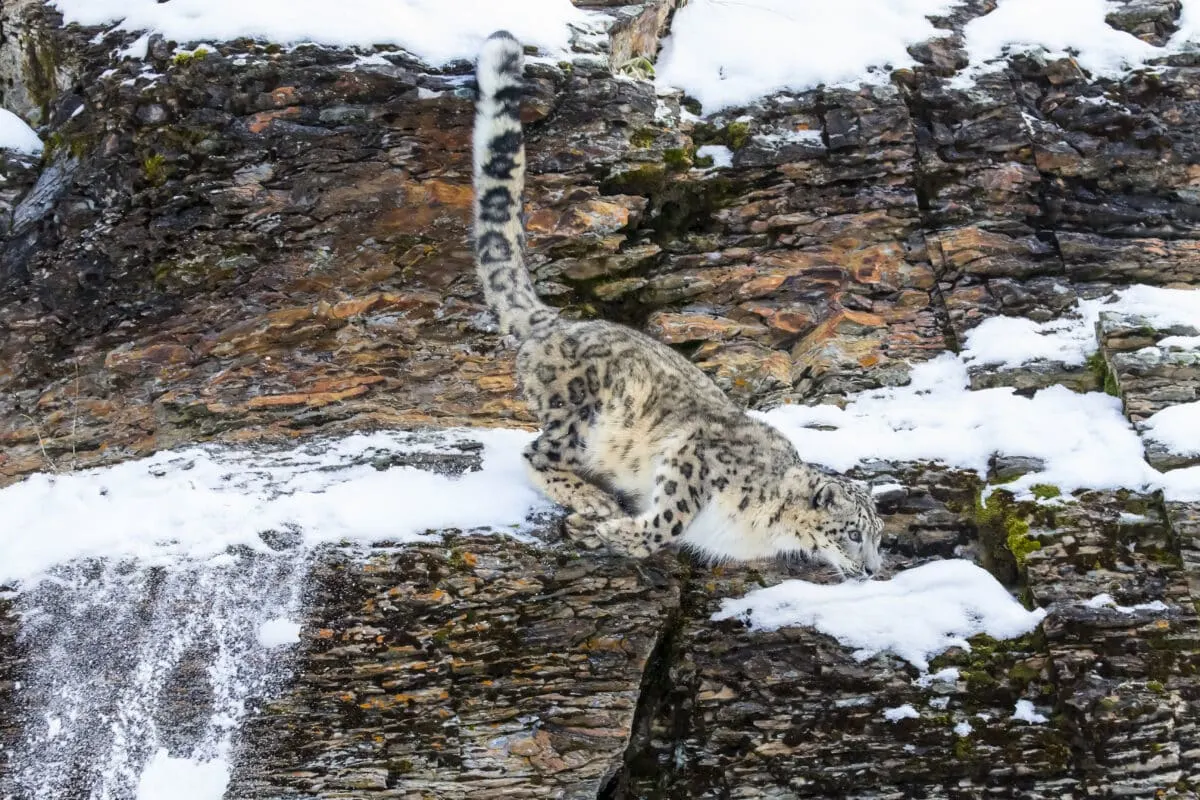The world’s highest altitudes, characterized by thin air and extreme conditions, are home to an exclusive group of animals that have mastered the art of survival in these challenging environments. This article introduces five remarkable high-altitude dwellers, shedding light on their unique adaptations and how they overcome the harsh conditions. Additionally, we explore the effects of high altitude on humans and the regions around the world where these animals can be found.
Snow Leopard (Panthera uncia):
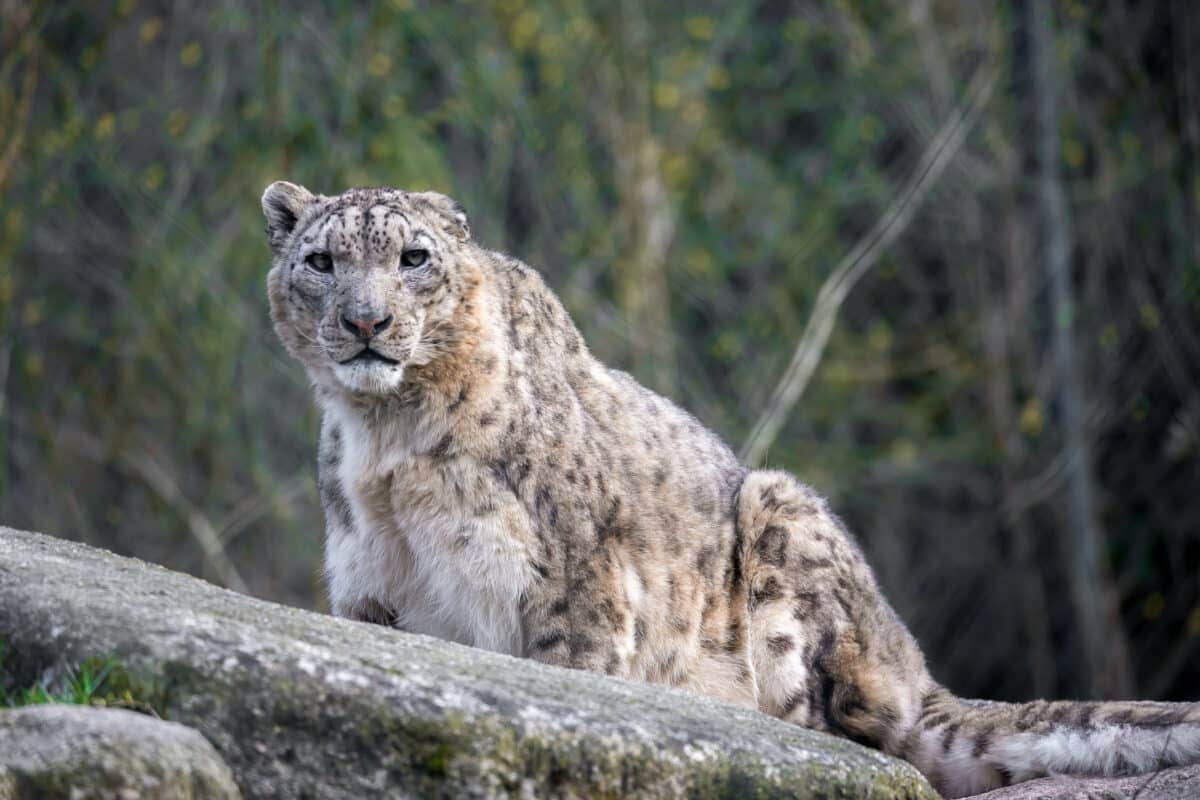
Found in the mountainous regions of Central and South Asia, the elusive snow leopard is a master of high-altitude living. To overcome the challenge of reduced oxygen levels, snow leopards have developed larger nasal cavities and lungs, enhancing their oxygen intake efficiency. Their thick, insulated fur helps them endure the freezing temperatures, while their muscular build allows them to navigate the steep, rocky terrain with ease. Snow leopards are agile predators, perfectly adapted to the rugged landscapes of the Himalayas and the Tibetan Plateau.
Bar-Headed Goose (Anser indicus):
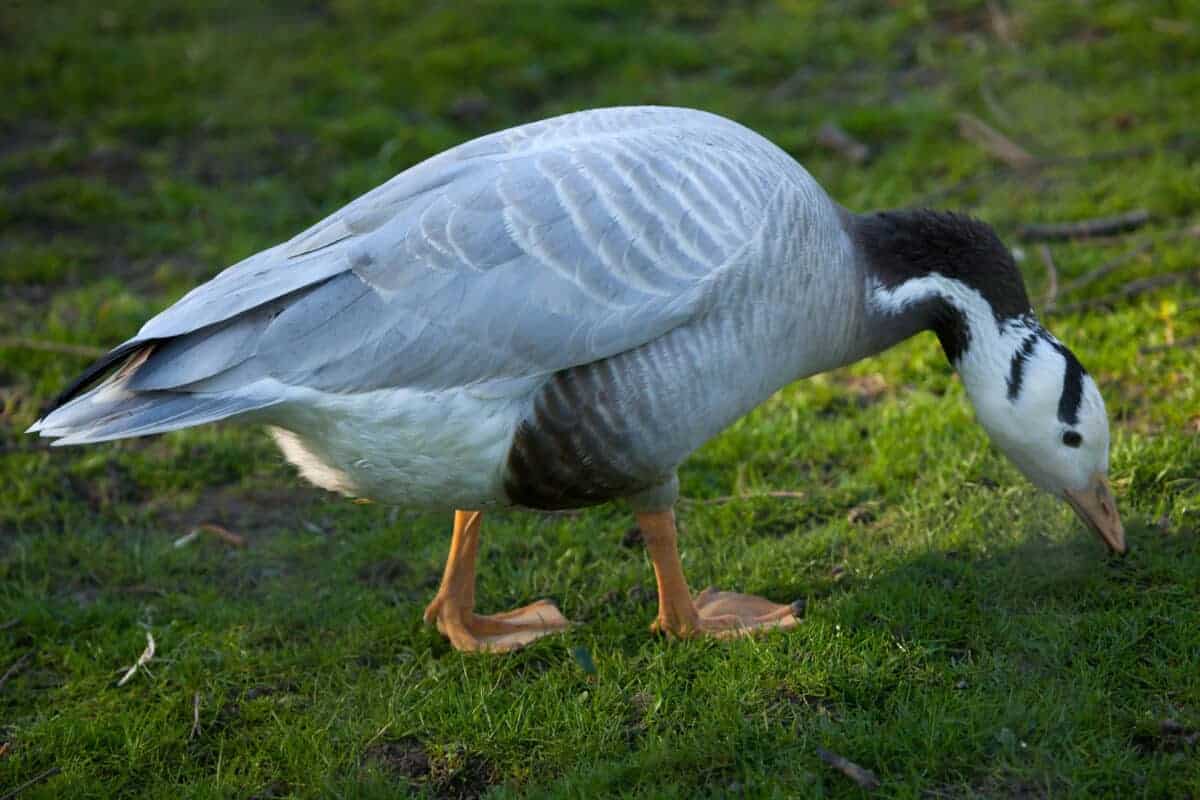
Known for its extraordinary migratory feats, the bar-headed goose holds the record for flying at the highest altitudes. These birds traverse the Himalayas during their annual migration, reaching altitudes of over 29,000 feet. To cope with the thin air, bar-headed geese have evolved larger lungs and a unique hemoglobin structure that allows for efficient oxygen extraction. Their powerful wings enable them to navigate the challenging air currents over the world’s tallest peaks, making them true avian pioneers.
Himalayan Tahr (Hemitragus jemlahicus):
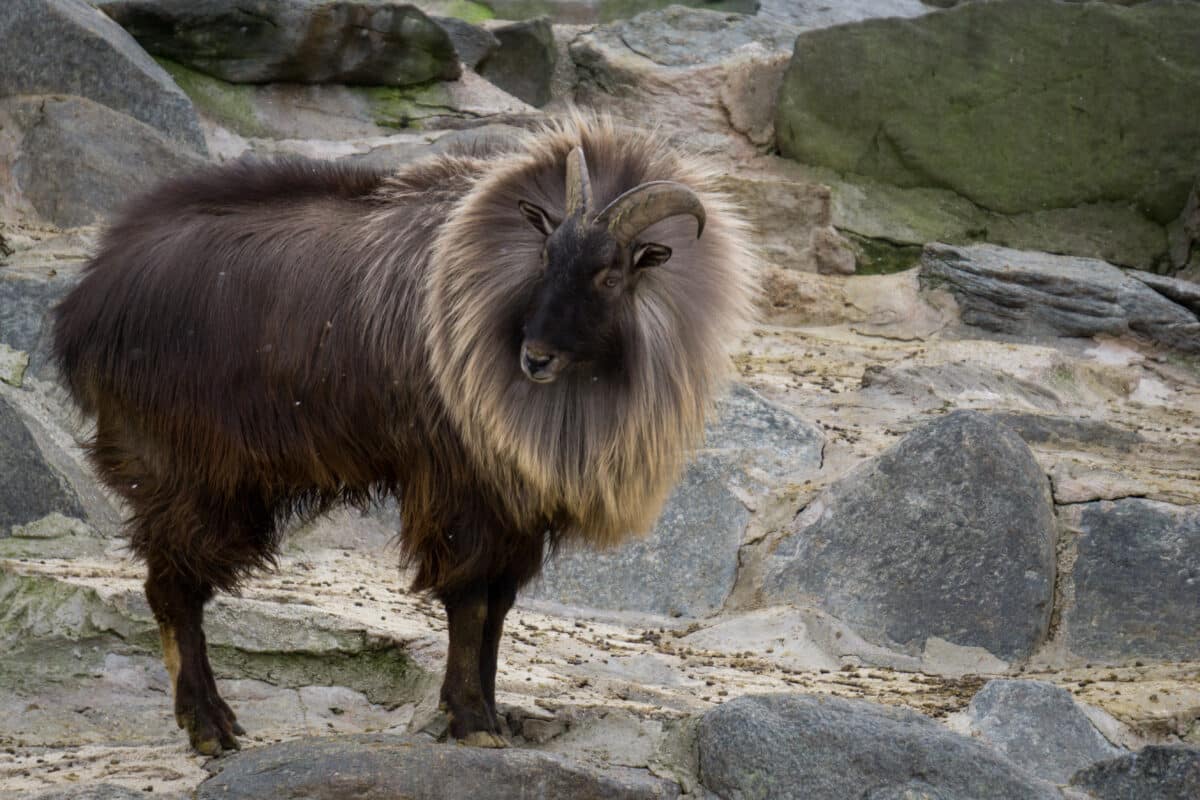
Inhabiting the rugged slopes of the Himalayas, the Himalayan tahr is a robust herbivore that has adapted to life at high altitudes. These ungulates possess concave hooves that provide traction on rocky surfaces, facilitating their movement on steep terrains. Their thick, woolly coats provide insulation against the cold, and their keen sense of balance allows them to traverse cliffs and rocky outcrops with ease. Himalayan tahrs are well-suited to the challenges of their alpine habitat, where they graze on hardy mountain vegetation.
Chinchilla (Chinchilla spp.):
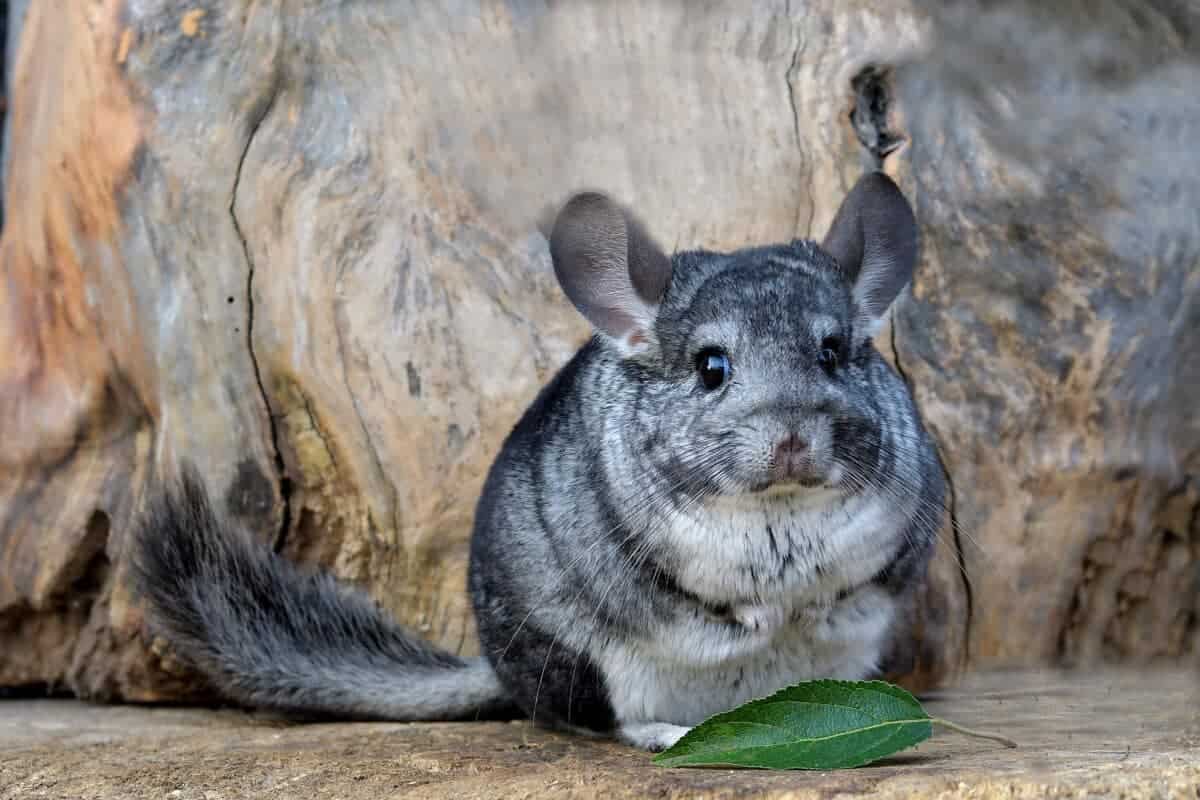
Native to the Andes Mountains in South America, chinchillas are small rodents with a luxurious coat of fur. Found at altitudes ranging from 9,800 to 16,400 feet, these animals have adapted to the low oxygen levels by developing efficient respiratory systems. Chinchillas have a high red blood cell count, allowing them to extract more oxygen from the thin air. Their dense fur not only provides insulation but also serves as camouflage against Andean predators. Despite being small in size, chinchillas are perfectly suited to life in the high-altitude rocky terrain.
Yak (Bos grunniens):
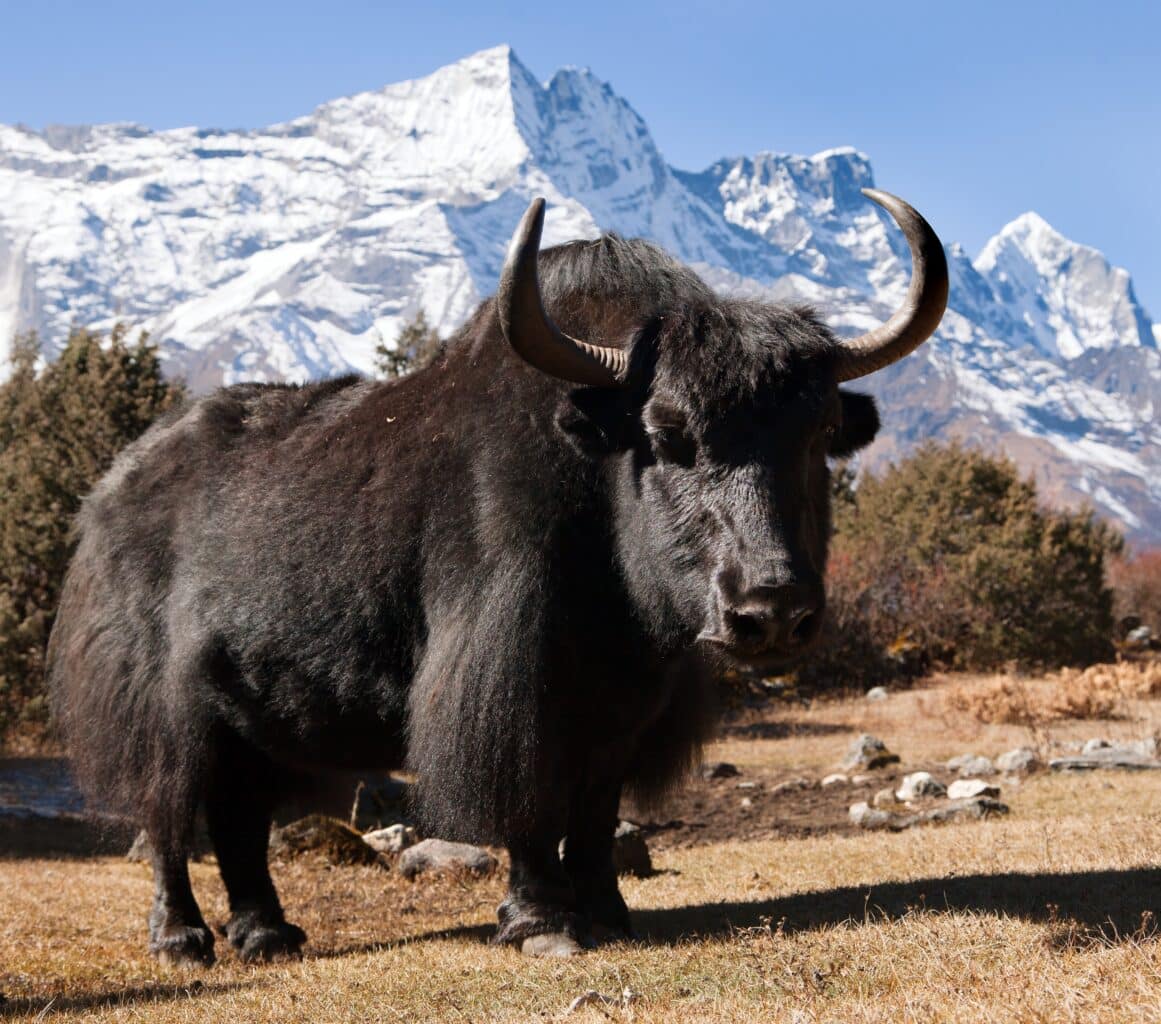
Thriving in the challenging conditions of the Tibetan Plateau, the yak is a versatile bovine that has become an integral part of the high-altitude cultures in Asia. Yaks have adapted to the low oxygen levels by developing larger lungs and a unique circulatory system that efficiently transports oxygen throughout their bodies. Their long, shaggy hair protects them from the biting cold, while their robust build allows them to carry heavy loads and navigate the uneven terrain. Yaks play a crucial role in the livelihoods of communities in the Himalayas and Tibetan Plateau, providing essential resources like milk, meat, and fur.
Effects of High Altitude on Humans:
While these animals have evolved to thrive in high-altitude environments, humans face challenges when exposed to such conditions. Altitude sickness, characterized by symptoms like headaches, nausea, and fatigue, can affect individuals ascending to high elevations too quickly. Prolonged exposure to low oxygen levels may lead to more severe conditions, such as pulmonary and cerebral edema. Himalayan communities and those living in the Andes have adapted over generations to these conditions, with genetic traits that enhance oxygen uptake.
The animals that call the highest altitudes home exemplify the incredible diversity of life on our planet and showcase the adaptability of living organisms. From the elusive snow leopard to the high-flying bar-headed goose, each species has honed unique strategies to conquer the challenges posed by extreme elevations. As we marvel at their resilience, we gain a deeper appreciation for the delicate balance of nature in these lofty realms, and the importance of preserving these habitats for the survival of these high-altitude pioneers.
Join our Forum for free today!

- Second American Killed by Elephant in Zambia This Year - July 22, 2024
- Elderly Man Kills Grizzly Bear in Montana - July 22, 2024
- Missing Cat Found Weeks Later, 40 Miles Away - July 21, 2024

